The northern capital and the real pearl of Portugal, the city of Porto is simply an inexhaustible treasury for tourists. This city is so atmospheric and authentic that you can fall in love with it at first sight. Old houses, half-shabby walls and crooked streets of Ribeira excite the imagination, excellent port wine warms the blood, and simple and hearty Portuguese cuisine will forever remain in the heart of any visitor to Porto.
You can walk around the city endlessly - admire the unusual azulejos, go into baroque churches, wander thoughtfully along the Cais da Ribeira embankment. It seems that you can never get tired of Porto. River walks along the Douro Valley can diversify your leisure time if all corners of the city have already been carefully examined and imprinted in memories for many years.
What to see and where to go in Porto?
The most interesting and beautiful places for walking. Photos and a short description.
- Ribeira quarter
- Freedom Square
- Santa Catarina street
- Bookshop Livraria Lello
- Cafe Majestic
- House of Music
- Serralves Museum
- Soares dos Reis Museum
- Porto Cathedral
- Church and Tower of Clerigos
- Church of Carmo and Carmelites
- Church of Saint Francis
- Chapel das Almas
- Bishop's Palace
- Exchange Palace
- Sao Bento Station
- Don Luis Bridge
- Maria Pia Bridge
- Dragao Stadium
- Port wine
Ribeira quarter
A colorful central quarter located by the Douro River. It is included in the UNESCO World Heritage List. Many houses in Ribeira are 300 years old, but they are still habitable. The quarter descends to the seafront of Cais da Ribeira through a system of steep stairs and narrow streets, among which it is easy to get lost. On the waterfront there are taverns, restaurants with traditional cuisine of Portuguese fishermen and viewing platforms with benches.
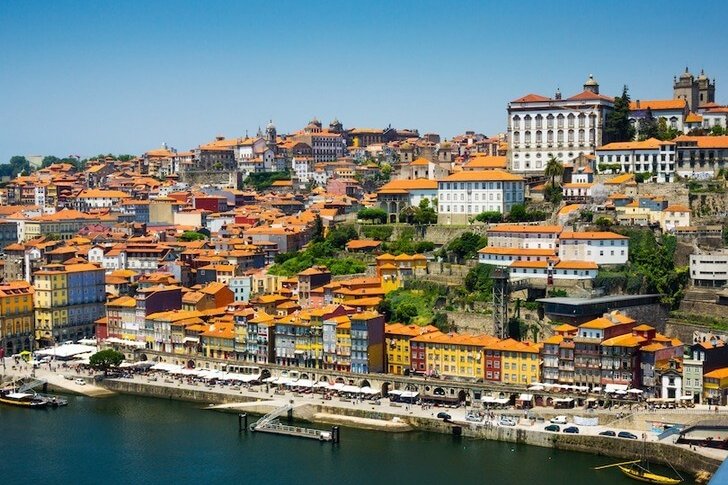
Freedom Square
The central square of Porto, surrounded by charming mansions and administrative buildings of the XIX-XX centuries. in modern style. The appearance of the square and the nearest quarters is strikingly different from the chaotic development of the old part of the city, since all buildings were built according to a single architectural plan. In the middle is a monument to King Pedro IV, created in the middle of the 19th century.
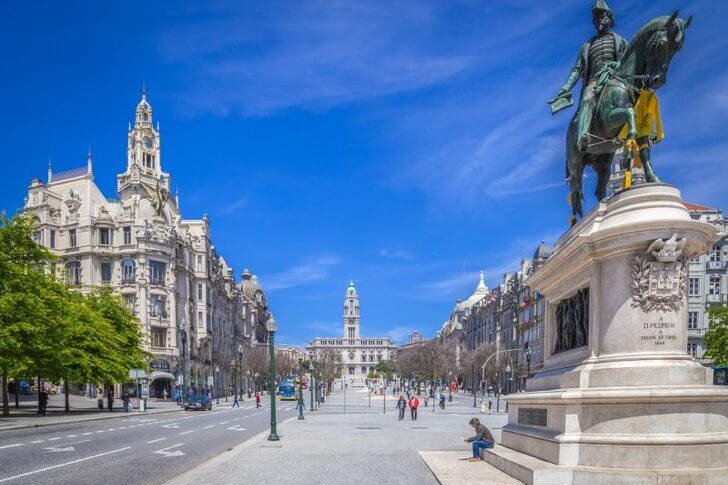
Santa Catarina street
The shopping heart of Porto, where the maximum number of shops, souvenir shops, cafes and pastry shops are concentrated. Because of this, the street is very popular with tourists. Here you can buy shoes, bags and other products made from local cork oak, original Portuguese port wine, taste a variety of pastries or drink a glass of excellent wine from the grape varieties of the Douro Valley.
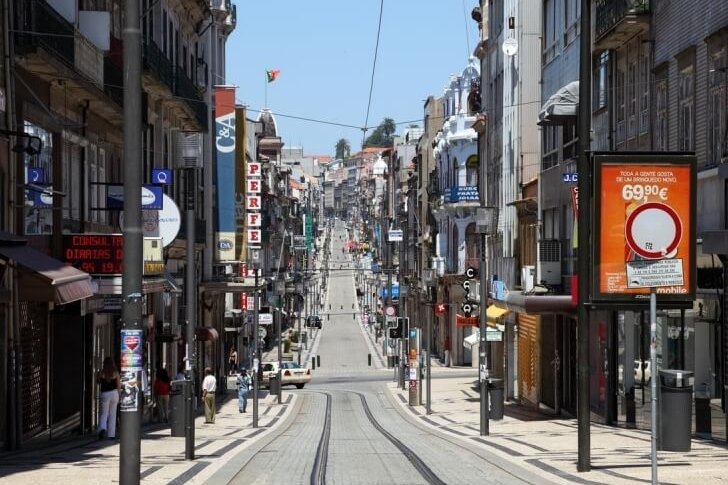
Bookshop "Livraria Lello"
"Livraria Lello" is famous not so much for its assortment, but for the interior decoration and architecture of the building in which it is located. This store is considered the most beautiful bookshop in the world. It consists of two floors, an elegant red staircase leads to the second, the roof of the store is made up of elegant stained-glass windows. The store opened at the end of the 19th century and is now listed as a national monument in Portugal.
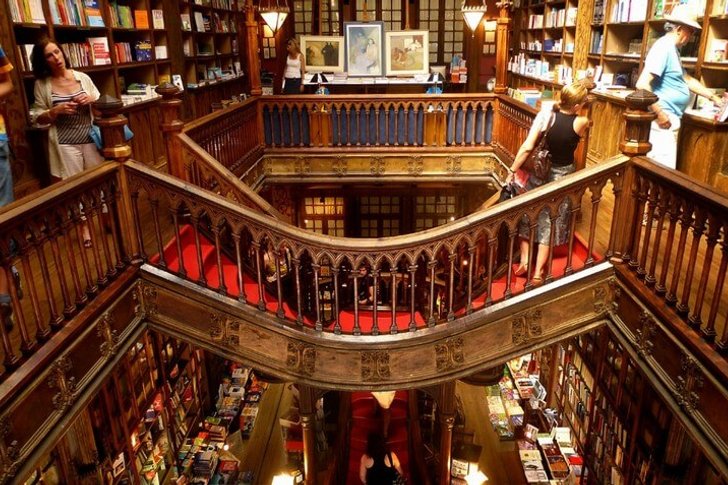
Cafe Majestic
The famous cafe with a magnificent Art Nouveau interior, where you can taste many varieties of aromatic coffee and order delicious pastries. The cafe is located on Santa Catarina Street, so it is always packed to capacity with tourists. It takes a lot of effort to find a free table there. The cafe was opened in a building built at the beginning of the 20th century, it quickly gained popularity among the local aristocracy, and was later noticed by the guests of Porto.
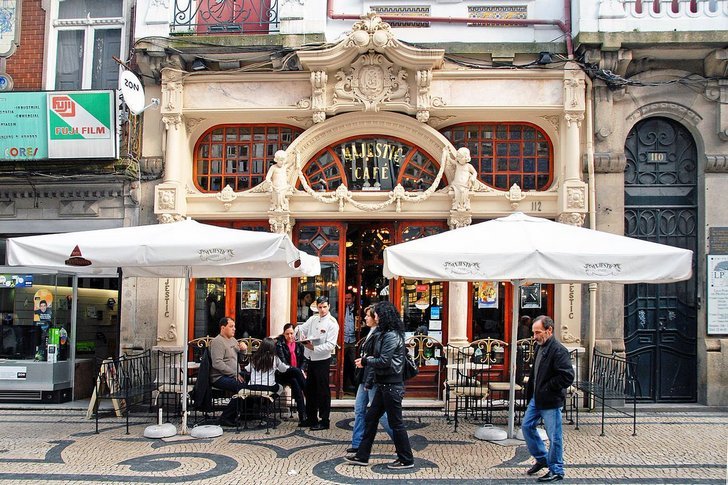
House of Music
One of the main concert halls in Porto. The building was erected in 2005 by architect R. Koolhaas. After the opening, for some reason, it was immediately appointed a symbol of Porto. Some experts in the field of architecture call the House of Music an outstanding modern project and compare it with the building of the Guggenheim Museum in Bilbao and the Berlin Philharmonic. The concert hall has a capacity of 1200 seats, inside there is a restaurant, an outdoor terrace, a music store.
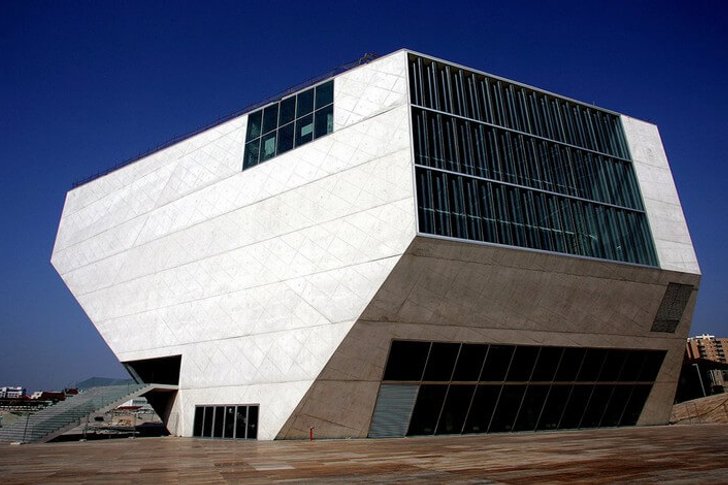
Serralves Museum
The museum was erected in the middle of the 20th century according to the project of A. Vieira. The building itself, where the exposition is located, was built in the style of minimalism, it is surrounded by a magnificent landscape park. The museum specializes in contemporary art; exhibitions of eminent masters are often held here. Visitors can relax in the park, which in itself can be called a separate art object.
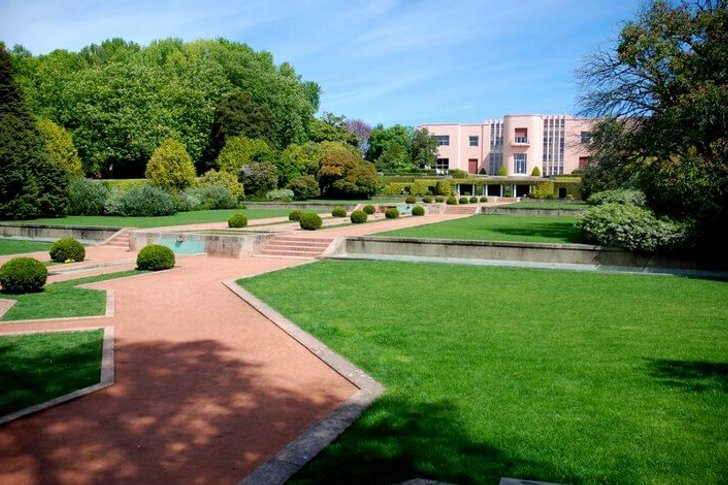
Soares dos Reis Museum
One of the most significant city museums, located in the Carrancas Palace. A rich collection of national Portuguese art is exhibited here. An impressive part of the exposition is occupied by the collection of sculptures by António Suares Reis. The museum was opened at the beginning of the 19th century with the participation of King Pedro IV. The first exhibits were works of art confiscated from monasteries and works of court artists.
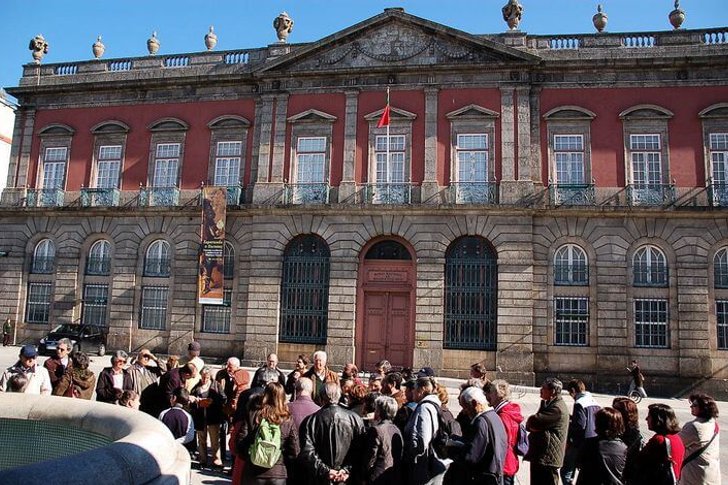
Porto Cathedral
The main city cathedral, which is located at the highest point of Porto. Therefore, it can be seen from almost any part of the city. The uniqueness of this temple is that it was built in the XII century and has come down to us in its original form. The cathedral was not rebuilt, expanded or demolished. Around the massive building in the Romanesque style, Porto grew for several centuries. The cathedral is decorated with traditional azulejo ceramics.

Church and Tower of Clerigos
The Clerigos Tower is a recognizable symbol of Porto and can be seen from anywhere in the city like a cathedral. For many centuries, the building has served as a landmark for ships entering the harbor of Porto from the Atlantic Ocean. The tower itself is the church bell tower of the temple, built in the middle of the 18th century.
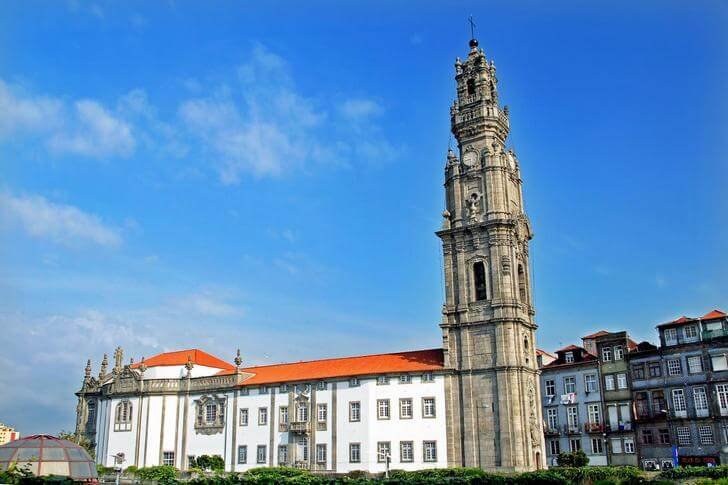
Church of Carmo and Carmelites
Two temples located so close to each other that at first glance they can be mistaken for a single structure. The Carmo Church was built in the Baroque and Rococo styles, the facade of the Carmelite Church is made in a more relaxed classical style. The buildings are decorated with blue azulejos by Silvestre Silvestri. The interiors of the churches are richly painted and decorated, some elements are trimmed with gold.

Church of Saint Francis
Members of the Order of Saint Francis of Assisi appeared in Porto as early as the 13th century. Almost immediately they set about building their own temple. The work was completed in the 15th century and since then the appearance of the temple has not changed much. The building is a prominent representative of the Portuguese Gothic. The modern interior was created later - in the XVII-XVIII centuries. It is distinguished by splendor and splendor of decoration.
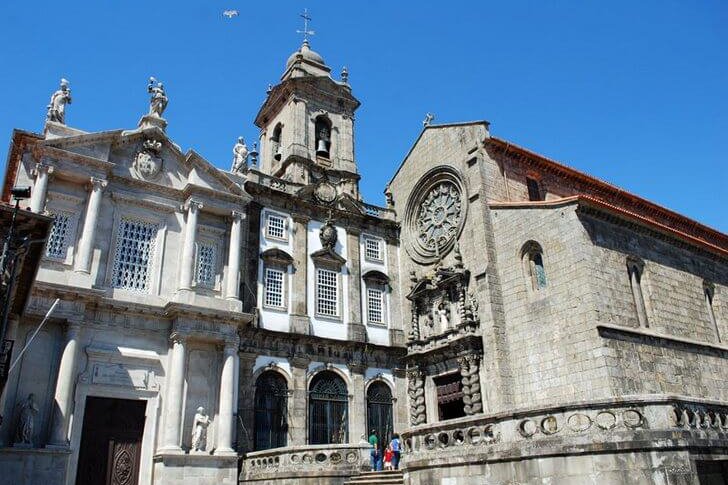
Chapel das Almas
A small church of the 18th century, which at first did not stand out in any way from the surrounding landscape. In 1929, it was covered with thousands of traditional azulejo tiles, after which it took one of the leading places in the list of attractions in Porto. There is no other building in the city that is more richly decorated with blue and white traditional tiles with various historical and mythical themes.
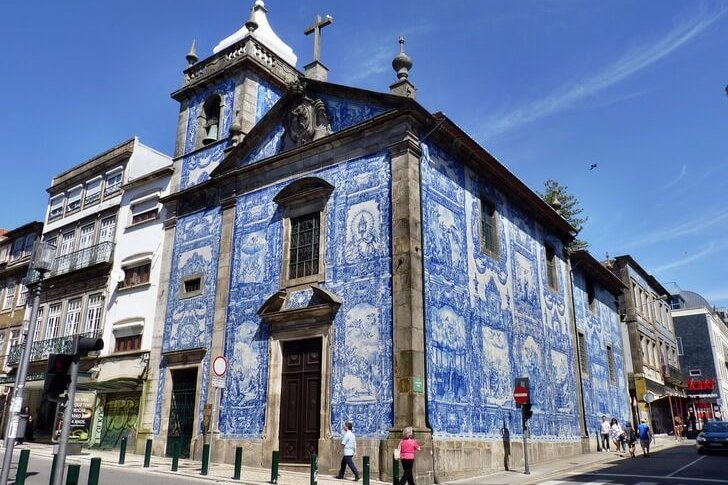
Bishop's Palace
The history of the building began in the 12th century, when a local church figure, Joao Rafael de Mendons, wanted to build his own palace. But he never waited for the work to be completed. The first building was built in the Romanesque style, but over the centuries it was rebuilt several times. In the 18th century, the palace was once again rebuilt, baroque elements were added to the architectural style.

Exchange Palace
A neoclassical palace located on the site of a former Franciscan monastery. The monastery burned down at the beginning of the 19th century, the ruins were quickly taken over by local merchants. They immediately set about building the headquarters for their commercial association. The building was designed by the architect Joaquim Junior. Many local craftsmen worked on the decoration and interior design.

Sao Bento Station
The main station of Porto, where trains arrive from all over the country. Many suburban trains depart from the station, which is a definite plus for tourists. The building was built on the site of a burned down (and gradually fallen into disrepair) Benedictine monastery. The first stone in the foundation of the future station was laid by Carlos I in 1900. São Bento has become known throughout the world for its magnificent interior decoration - all the walls are decorated with picturesque azulejo tiles.

Don Luis Bridge
Railway bridge over the river Douro, connecting the port and the town of Villa Nova di Gaia. The building was designed by the student of Gustave Eiffel - Theophilus Seyrig. The bridge turned out to be very picturesque - the “openwork” pontoons seem to be flying over the river, the elegant design harmoniously complements the surrounding landscape. The bridge offers a magnificent view of Porto, the city of Vila Nova de Gaia and the riverbed of the Douro.

Maria Pia Bridge
Another iron bridge thrown over the Douro River and decorating the urban landscape. It was built at the end of the 19th century using advanced technologies that allowed the installation of supports on the unsteady gravel bottom of the river. The bridge was designed by the architect of the Eiffel Tower, Gustave Eiffel. The design is considered a real engineering masterpiece, however, like all Eiffel's creations.
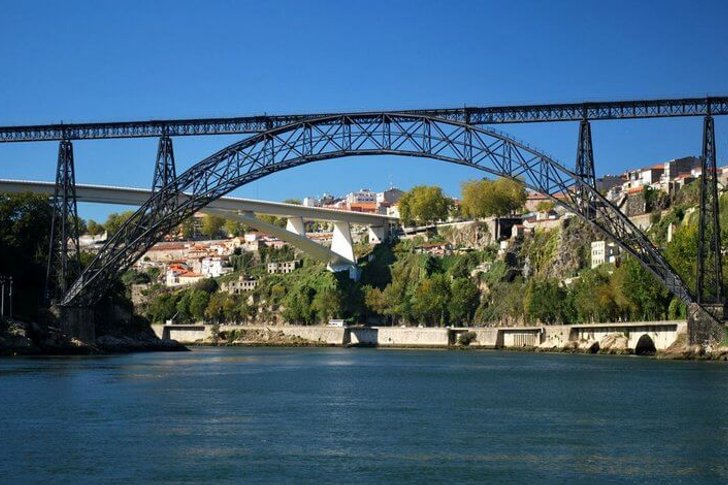
Dragao Stadium
Home football arena of the local team Porto, a functional and modern European stadium. Here in 2004 the matches of the World Cup were held. The stadium also hosted performances by several well-known musical groups. The design is designed in such a way that the spectator stands are as close as possible to the arena. The stadium can accommodate about 52 thousand people.
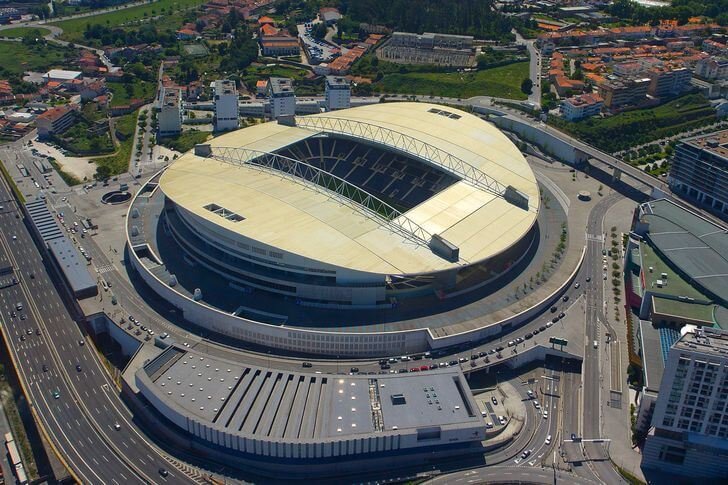
Port wine
Porto is the birthplace of port wine and the location of companies producing this drink. Offices, productions and cellars of major wine companies (Calem, Sandeman, Cockburn, W.
